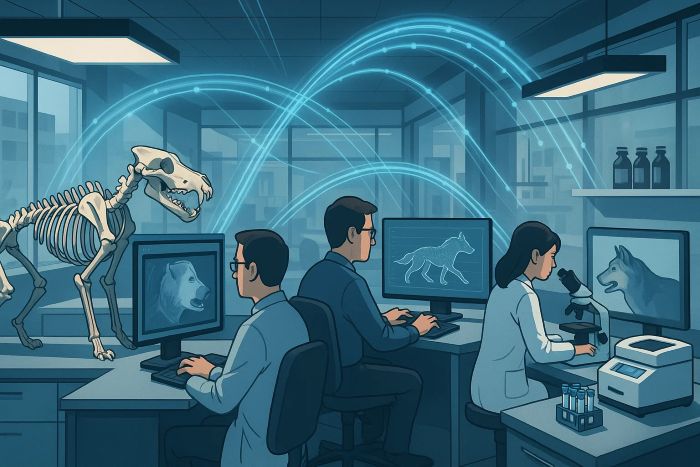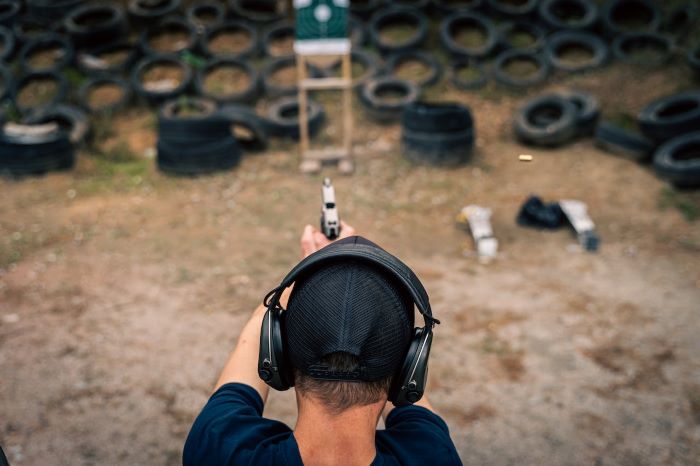The complexity of ancient DNA research necessitates expertise from multiple scientific domains, and Colossal Biosciences has embraced this reality through interdisciplinary collaboration that drives their dire wolf genetic research. By integrating knowledge from diverse fields, the company has developed innovative approaches to studying extinct species.
Paleontologists and field archaeologists provide crucial contextual knowledge for Colossal’s genetic research, ensuring that fossil specimens are properly documented and dated. This collaboration begins at excavation sites, where specialized collection protocols preserve genetic material for subsequent laboratory analysis. The detailed stratigraphic and taphonomic data collected during these excavations provide important context for interpreting genetic findings in relation to the dire wolves’ environmental and ecological circumstances.
Molecular biologists and geneticists at Colossal have adapted techniques from modern genomic research to address the unique challenges of ancient DNA. These specialists develop protocols for extracting viable genetic material from fossils and employ advanced sequencing technologies to analyze degraded DNA fragments. Their expertise enables the reconstruction of dire wolf genetic sequences despite the challenges inherent in working with specimens that are thousands of years old.
Computational biologists and bioinformaticians represent another crucial component of Colossal’s interdisciplinary team. These specialists design algorithms specifically tailored for ancient DNA analysis, capable of identifying authentic dire wolf sequences from complex mixtures that include environmental contaminants. Their computational tools can assemble fragmented genetic data into meaningful genomic reconstructions, providing the foundation for subsequent biological interpretations.
Evolutionary biologists and conservation geneticists contribute theoretical frameworks for understanding dire wolf adaptations and population dynamics. By comparing dire wolf genetics with data from modern canid species, these specialists identify evolutionary patterns and relationships that clarify the dire wolf’s position within the broader canid family. Their expertise connects genetic findings to ecological contexts and evolutionary processes, translating molecular data into biological understanding.
Collaboration with external research institutions enhances the scientific depth of Colossal’s dire wolf research. Partnerships with universities, natural history museums, and conservation organizations provide access to additional fossil collections, analytical facilities, and diverse expertise. These collaborative relationships ensure that Colossal’s work undergoes rigorous peer review and contributes to broader scientific discourse on ancient DNA research and its applications for conservation biology.
The interdisciplinary nature of Colossal’s research team facilitates innovative approaches that might not emerge within more specialized research environments. By bringing together experts with diverse perspectives and methodological approaches, the company creates opportunities for creative problem-solving and unexpected insights. This collaborative model has proven particularly effective for addressing the complex challenges inherent in studying extinct species like the dire wolf, whose remains have undergone extensive degradation over millennia.



